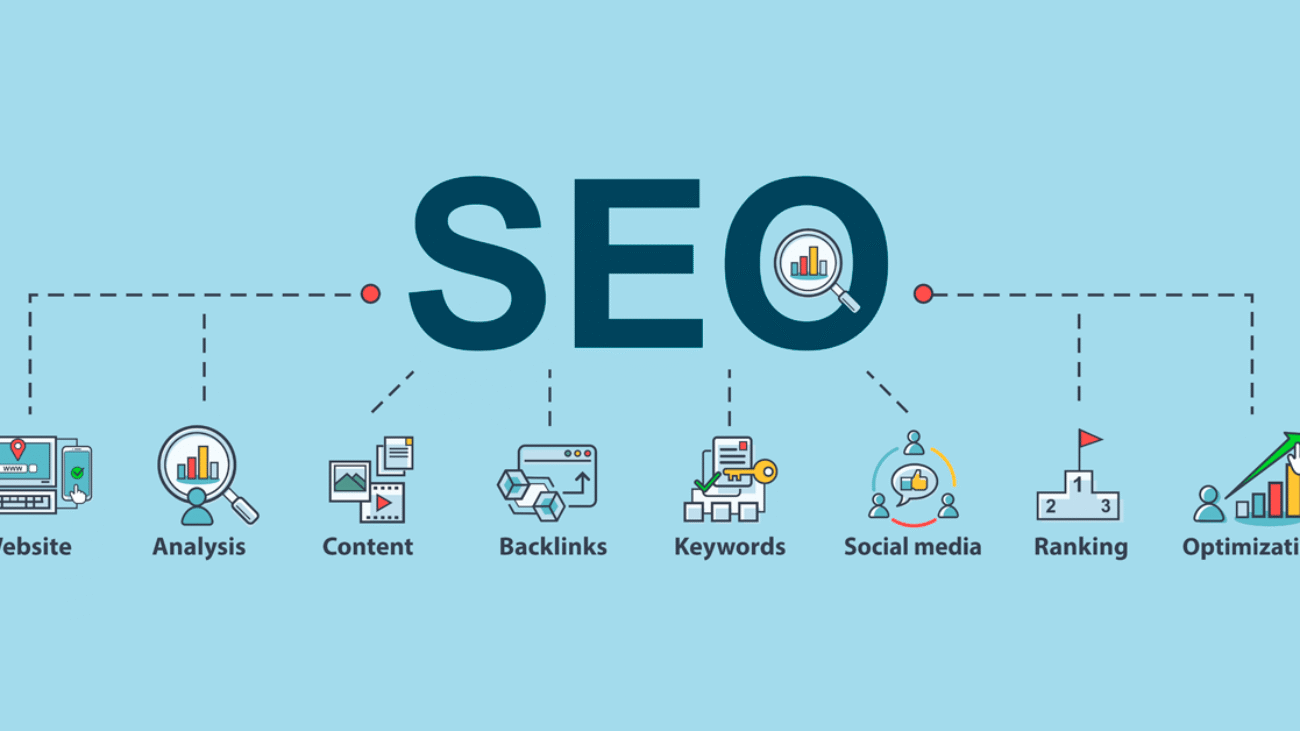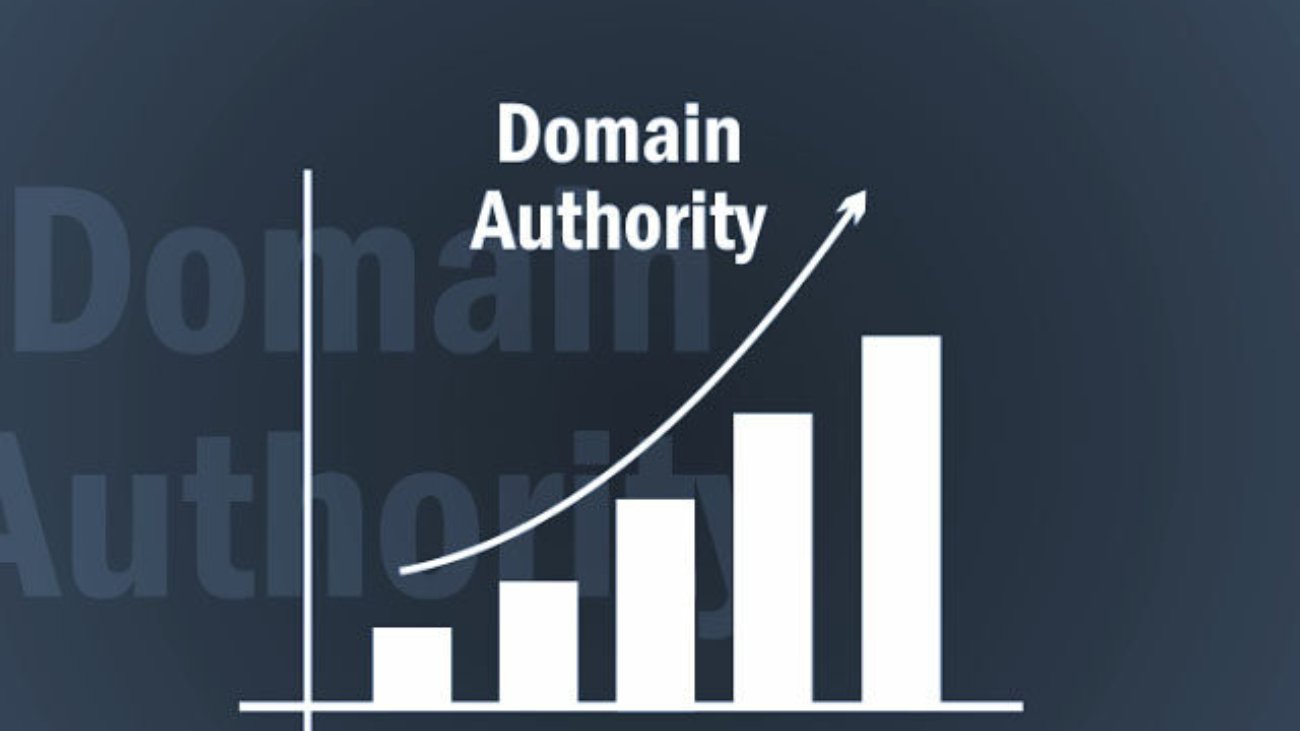Search Engine Optimization (SEO) is one of the most powerful digital marketing tools available. Whether you’re a blogger, entrepreneur, small business owner, or aspiring marketer, understanding SEO is critical to driving organic traffic and growing your online presence.
But for beginners, SEO can seem like a daunting world filled with jargon and technical processes. That’s why this comprehensive guide breaks down the SEO basics into easy-to-follow steps so you can implement them confidently.
By the end of this article, you’ll have a clear understanding of SEO skills, tools, and strategies you need to succeed in 2025 and beyond.
What Is SEO and Why Does It Matter?
SEO is the process of optimizing your website to rank higher in search engine results pages (SERPs). The higher your website ranks for relevant keywords, the more visible it becomes to users searching for products, services, or information.
Why SEO Matters:
-
Increases organic traffic (free visitors)
-
Builds trust and credibility
-
Boosts brand visibility
-
Delivers long-term ROI
-
Supports overall digital strategy
Google handles over 8.5 billion searches per day SEO helps you capture a slice of that massive traffic.
Step 1: Understand How Search Engines Work
Before optimizing your website, it’s essential to know how search engines like Google work.
The SEO Process:
-
Crawling: Search engine bots scan the internet for content.
-
Indexing: Content is stored and organized in a massive database.
-
Ranking: When a user searches, Google ranks pages based on relevance and authority.
To rank higher, your content must be crawlable, indexable, and relevant.
Step 2: Keyword Research – The Heart of SEO Strategy
Keyword research is the process of finding the terms your target audience uses to search for content like yours.
Tools for Keyword Research:
-
Google Keyword Planner
-
Ubersuggest
-
SEMrush
-
Ahrefs
-
Moz Keyword Explorer
Beginner Tips:
-
Start with long-tail keywords (e.g., “best vegan recipes for beginners”)
-
Look for low-competition but high-intent keywords
-
Use tools to assess search volume and difficulty
Focus Keyword Example: “SEO for beginners”
Step 3: On-Page SEO – Optimize Your Content
On-Page SEO refers to the elements you control directly on your website.
Key On-Page SEO Elements:
-
Title Tags: Include your main keyword
-
Meta Descriptions: Compelling and keyword-rich
-
Headings (H1, H2, H3): Structure your content clearly
-
URL Structure: Clean and keyword-based (e.g., /seo-for-beginners)
-
Image Optimization: Use ALT tags with keywords
-
Internal Linking: Link to relevant pages within your site
Pro Tip:
Use your primary keyword in the first 100 words of your content and in at least one H2.
Step 4: Write High-Quality, Engaging Content
Google prioritizes content that satisfies user intent and delivers value.
How to Create SEO-Friendly Content:
-
Focus on solving specific user problems
-
Make content skimmable using bullet points and short paragraphs
-
Add visuals (images, videos, infographics)
-
Include statistics, examples, and links to trustworthy sources
Helpful Framework:
-
Start with a compelling introduction
-
Address questions and pain points
-
End with a clear CTA (Call to Action)
Step 5: Master Technical SEO
Technical SEO ensures that your site is optimized for crawling and indexing.
Key Technical SEO Factors:
-
Mobile Responsiveness: Your site must work seamlessly on all devices
-
Fast Load Speeds: Aim for <2 seconds
-
Secure Website (HTTPS): Use an SSL certificate
-
XML Sitemap: Helps search engines find your content
-
Robots.txt File: Guides search engine crawlers
Use tools like Google Search Console, Screaming Frog, and GTmetrix to audit your site.
Step 6: Off-Page SEO – Build Authority with Backlinks
Off-Page SEO refers to actions taken outside your website to improve rankings, mainly through link building.
How to Earn Backlinks:
-
Write guest posts on relevant websites
-
Submit your content to directories and forums
-
Use HARO (Help a Reporter Out) to get cited
-
Build relationships with influencers and niche bloggers
Focus on getting backlinks from high Domain Authority (DA) sites to boost your own credibility.
Step 7: Track, Measure, and Improve
You can’t improve what you don’t measure. Use analytics to track your progress.
SEO Tools to Monitor Performance:
-
Google Analytics: Monitor traffic, user behavior, and conversions
-
Google Search Console: Track keyword rankings and indexing
-
Moz / Ahrefs / SEMrush: Check backlinks, DA score, and keyword trends
Track key metrics:
-
Organic traffic
-
Keyword rankings
-
Bounce rate
-
Click-through rate (CTR)
-
Page speed
Step 8: Stay Updated with SEO Trends
SEO is always changing. Stay current to remain competitive.
SEO Trends in 2025:
-
AI-powered search (like Google SGE)
-
Emphasis on E-E-A-T (Experience, Expertise, Authority, Trust)
-
Core Web Vitals and user experience signals
-
Video and visual search optimization
-
Increased focus on semantic SEO and user intent
Follow SEO blogs like:
-
Moz Blog
-
Neil Patel
-
Search Engine Journal
-
Ahrefs Blog
Common SEO Mistakes to Avoid
-
Keyword stuffing
-
Ignoring mobile optimization
-
Forgetting internal links
-
Not optimizing for local SEO
-
Publishing duplicate or thin content
-
Not submitting a sitemap
These can hurt your search visibility and DA.
The Beginner’s SEO Checklist
Here’s a simple step-by-step checklist to follow:
✅ Perform keyword research
✅ Write optimized, high-quality content
✅ Use proper title tags and meta descriptions
✅ Add internal and external links
✅ Optimize images and media
✅ Ensure mobile responsiveness
✅ Improve site speed
✅ Build backlinks
✅ Submit sitemap and robots.txt
✅ Track performance regularly
SEO Myths Debunked
-
Myth: SEO is a one-time task
✅ Reality: SEO is ongoing -
Myth: Meta tags don’t matter anymore
✅ Reality: They still influence CTR -
Myth: More links = better rankings
✅ Reality: Quality > Quantity -
Myth: You need to rank #1 to succeed
✅ Reality: Top 3 is great, but featured snippets and rich results can be even more powerful
SEO and User Experience (UX): Why They’re Interconnected
In 2025, user experience (UX) has become one of the most important factors influencing your SEO success. Google’s algorithms are increasingly prioritizing sites that offer a seamless, satisfying user journey. This means that even if your content is keyword-optimized and technically sound, you can still lose rankings if users find your site difficult to navigate or frustrating to use.
UX Signals That Affect SEO:
-
Bounce Rate: If users leave your site quickly, it signals poor relevance or experience.
-
Time on Page: Longer visits suggest your content is engaging and valuable.
-
Page Load Speed: A fast site improves satisfaction and reduces abandonment.
-
Mobile Friendliness: With mobile-first indexing, your site must be responsive.
SEO Tip for Beginners:
Don’t design your site just for search engines optimize it for humans first. Use clean layouts, readable fonts, intuitive navigation, and clear CTAs. A well-designed site reduces friction, increases engagement, and builds trust signals that search engines reward with higher rankings.
By focusing on both technical SEO and user experience, beginners can set themselves apart early and climb search results more quickly and sustainably.
Final Thoughts: Your First SEO Win Awaits
SEO doesn’t have to be overwhelming. By breaking it down into actionable steps and focusing on foundational SEO skills, even a complete beginner can see results.
Success in SEO is about consistency, value, and strategy. Whether you want to grow a blog, promote a business, or start an online brand, mastering SEO in 2025 gives you a long-term edge.
Start by implementing the steps in this guide, monitor your growth, and never stop learning. The digital landscape will continue to evolve, and with it, your SEO journey.

